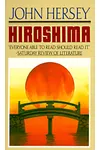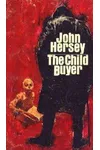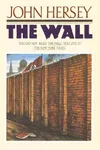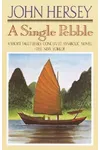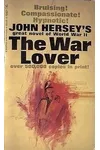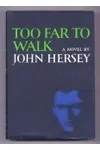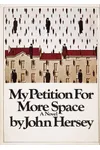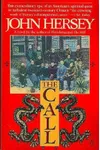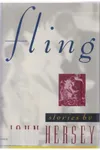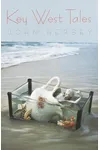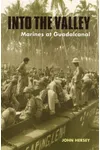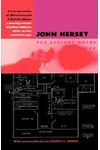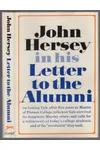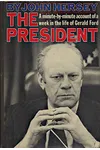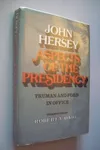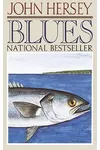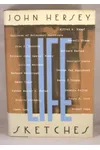Picture an American storyteller who turned the horrors of war into a haunting human narrative—meet John Hersey! Born in 1914 to missionary parents in China, Hersey blended his cross-cultural roots and sharp journalistic eye into works like Hiroshima, a Pulitzer Prize-winning masterpiece that changed how we see conflict. His empathetic, vivid storytelling brought moral and social issues to life, making him a literary giant of the 20th century.
The Making of John Hersey
John Richard Hersey was born in Tianjin, China, where his parents served as missionaries. Fluent in Chinese and steeped in a blend of Eastern and Western cultures, he moved to the U.S. at age ten. After studying at Yale and Cambridge, Hersey’s career kicked off as a war correspondent for Time and Life magazines. His frontline experiences in World War II shaped his unflinching yet compassionate approach to storytelling.
John Hersey’s Unforgettable Stories
Hersey’s 1946 book Hiroshima is his crown jewel. Originally a New Yorker article, it follows six survivors of the atomic bomb, weaving their stories into a gripping, humane narrative. Its novelistic style broke new ground, blending journalism with literary depth. A Bell for Adano (1944), a Pulitzer winner, explores an American officer’s efforts to rebuild an Italian village, showcasing Hersey’s knack for moral complexity. The Wall (1950) chronicles the Warsaw Ghetto’s resistance, blending historical detail with emotional weight. Hersey’s style—clear, empathetic, and immersive—made readers feel the stakes of war and human resilience.
His later works, like The Algiers Motel Incident (1968), tackled civil rights and racial injustice, proving his range. Whether writing novels or nonfiction, Hersey used precise prose and deep research to illuminate the human cost of systemic failures.
Why John Hersey Matters
Hersey’s work redefined literary journalism, showing that facts could sing like fiction. Hiroshima remains a touchstone for anti-war literature, urging readers to confront the human toll of conflict. His ability to weave empathy into hard-hitting reporting inspired generations of writers and journalists. By giving voice to the marginalized—bomb survivors, ghetto fighters, or riot victims—Hersey’s stories remain timeless calls for compassion and justice.
About John Hersey
- Born: June 17, 1914, in Tianjin, China
- Key Works: Hiroshima, A Bell for Adano, The Wall
- Awards: Pulitzer Prize for Fiction (1945), National Book Award finalist
- Died: March 24, 1993
Ready to explore a master of empathy and truth? Grab Hiroshima and dive into John Hersey’s unforgettable world of human stories!

